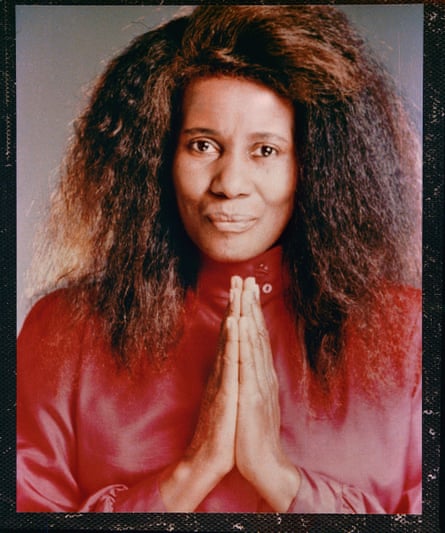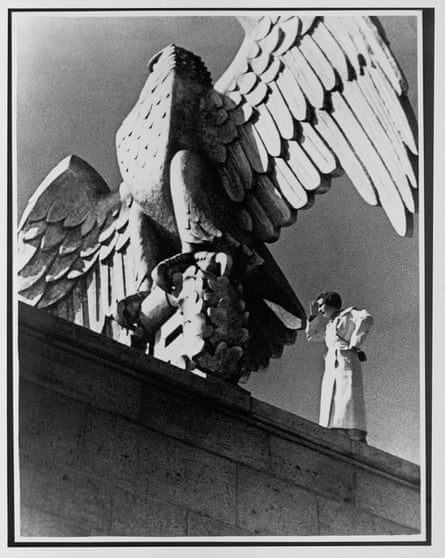
T
Martin Scorsese’s films consistently explore the concept of power, including its structures, layers, and flow. However, the director is more interested in those who hold lower positions in the hierarchy rather than those at the top. For instance, characters like Frank Sheeran, a contract killer, and Henry Hill, a low-level member of the mafia, capture his attention. In his latest adaptation of David Grann’s nonfiction book “Killers of the Flower Moon,” Scorsese focuses on Ernest Burkhart (played by Leonardo DiCaprio), the hapless nephew of William Hale, a cunning rancher (portrayed by the treacherous Robert De Niro). Hale is responsible for a string of murders and a corrupt land grab for resources and money.
During the early 1920s, in Gray Horse, Oklahoma, money and power were closely intertwined like in any other part of the US. However, the unique factor here was that the wealth was not controlled by the white community, but rather by the Osage Native Americans due to the discovery of vast oil reserves on their reservation. The town had a frenzied atmosphere akin to a gold rush, with oil workers fighting for jobs and unscrupulous individuals trying to exploit the Osage for their riches. Amidst all this chaos was Ernest, a recent army veteran who was not physically or mentally capable of finding employment. He was taken in by his wealthy uncle, Hale, who saw him as a useful tool. Hale used Ernest in a money-making scheme that resulted in a significant number of deaths within the Osage community.
Leonardo DiCaprio has previously portrayed characters who act unintelligent, but not to this exaggerated extent. He blinks, appearing to put in effort while also showing a lack of understanding, and repeats his uncle’s words as if he is attempting to understand their meaning. With his furrowed brow and downward turned mouth, he resembles a bulldog slowly realizing that he has been deceived out of a treat. A significant portion of the film’s 206-minute duration consists of close-up shots of Ernest, who is innocent and naive, struggling to comprehend what is being asked of him. It is a remarkable performance, as he stumbles around unknowingly in the realm of tragicomedy, and it showcases a unique change of pace for DiCaprio, who is typically known for his quick-witted characters.
However, it is one of the minor issues in this captivating and expansive masterpiece. Ernest is influenced by his uncle to ensure the oil money goes in the “right direction”. As a result, he marries Mollie (played by the magnetic Lily Gladstone), a “full-blood” Osage woman who owns a portion of the “headrights” to the oil reserves on her family’s land. Gladstone, known for her exceptional role in Kelly Reichardt’s Certain Women, delivers a remarkable performance here. Mollie’s calm presence stands out amidst the chaos and noise. Her quiet strength captures our attention. It may be difficult to believe that this elegant woman would be attracted to someone as mundane as Ernest, but Gladstone and DiCaprio succeed in convincing us that their relationship is built on genuine love rather than convenience.
Mollie is the central figure in a movie filled with heartless individuals, or at least those who are unaware of their own emotions. As her character’s health begins to decline in the third hour, the film reflects this through its score, which transitions from a strong blend of bluegrass and Native American rhythms to a weaker, fluttering musical beat. This temporary setback for Mollie as a character and source of strength is one of the few moments in this well-edited film where the pace slows down.
However, just as it seems that the story is following the typical patterns of a crime investigation show, Scorsese surprises with a clever twist. In a bold and daring moment, the director makes a statement about how it wasn’t only the land and its riches that were taken from the Native American community, but also their heritage and narratives. This story being one of them.
Source: theguardian.com



















